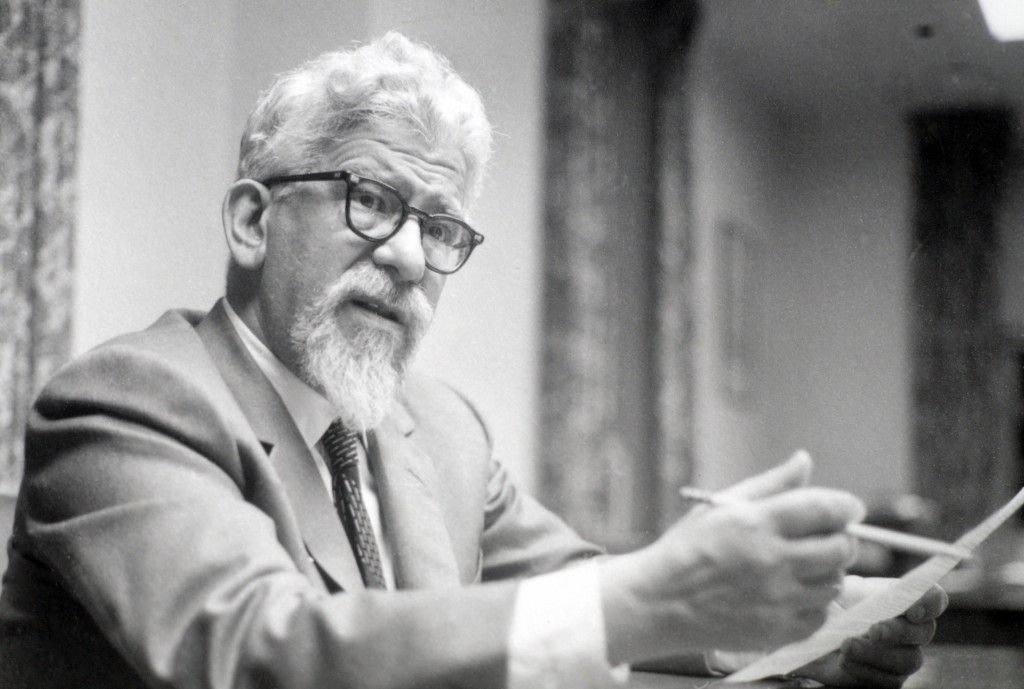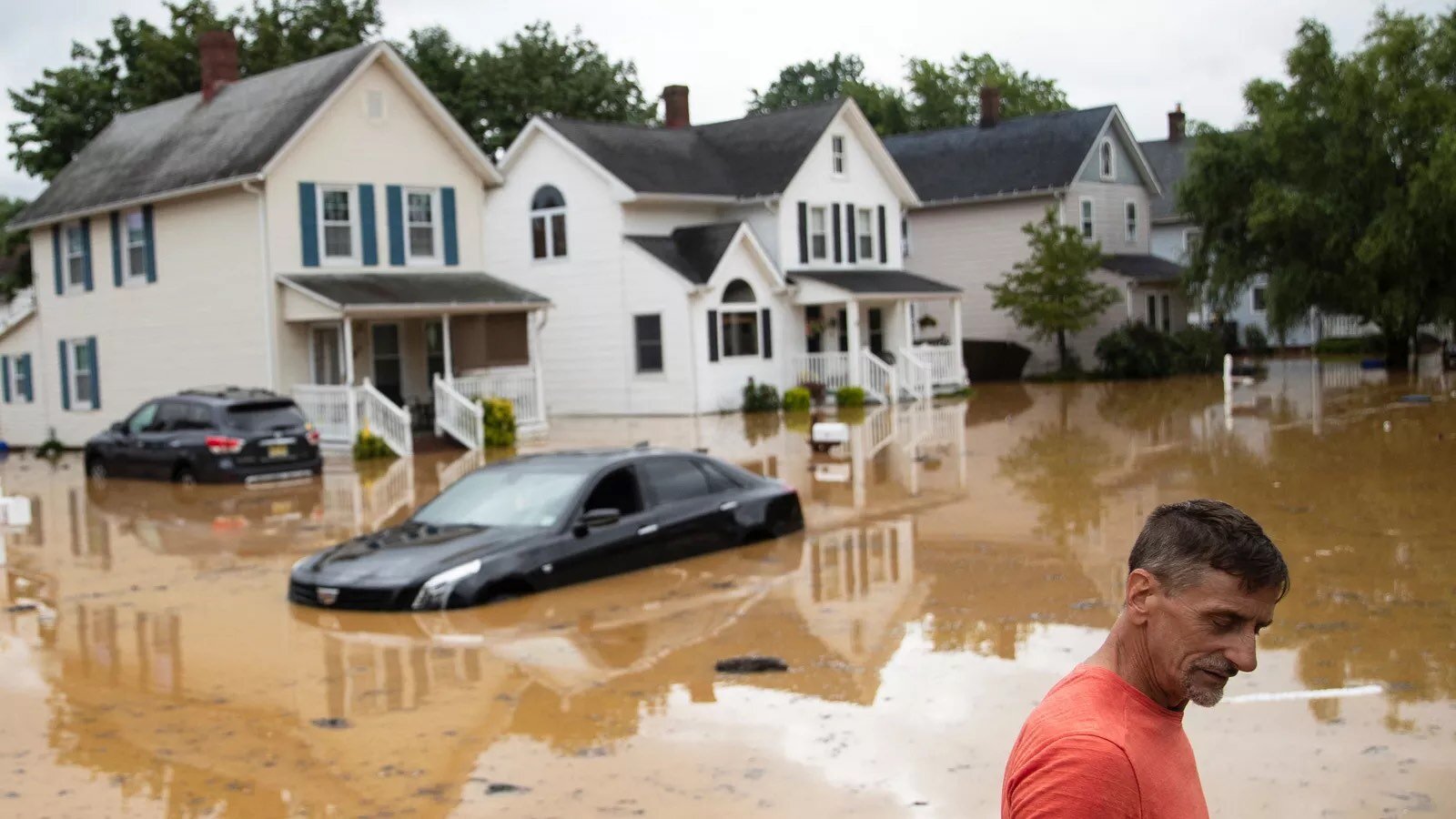An Inner and an Outer Journey
Over the Christmas holidays, I enjoyed the opportunity of spending five days with my grandsons. The week filled fast with hikes, playing around the yard, and the viewing of Encanto. This is the latest animation from Disney and features the musical genius of Lin-Manuel Miranda, who brought us the musical Hamilton. “Encanto" tells the tale of an extraordinary family, the Madrigals. They live hidden in the mountains of Colombia, in a magical house, in a vibrant town, in a wondrous, charming place called Encanto. The magic of Encanto has blessed every child in the family with a unique gift from super strength to the power to heal—every child except one, Mirabel. But when she discovers that the magic surrounding the Encanto is in danger, Mirabel decides that she, the only ordinary Madrigal, might be her family's last hope.
If you’d like to watch the trailer, it’s here.
There is a subtle shift in the narrative in Encanto from the Disney movies of the past. The past pattern for many a Classic Disney film has been to portray the evil villain as a one-dimensional nothing but bad character. Think of those movies from the mid-20th century, Snow White, Cinderella, Peter Pan, and 101 Dalmatians. However, in Encanto, a more nuanced presentation of evil is presented. The film does this in several ways, but one focuses on the main accomplice to the protagonist, named Bruno. Combined with Mirabel, the movie's principal character, we find ourselves in a story of flawed, misunderstood, or cast aside characters forming the bedrock of a tale of redemption. This more complex and subtle storytelling might reveal something a yearning in our collective psyche.
Encanto continues a shift in recent Disney films where the complexity of life and the nature of the "bad guy" motif are presented more nuanced. In Disney's "Frozen” (2013), the identity of the “bad guy” ends in a twist. “Frozen II” is interesting in this journey, too - it's about truth and reconciliation and giving up power to right old wrongs; the villain is the consequence of oppressing people. In Raya and the Last Dragon, the theme of evil is more overt, and one character makes a significant shift toward the end of the film that aids in the redemption motif. Still, the movie's principal theme centers around the protagonist's discovery of the community around her as the source of healing. I'm a big fan of "Soul," the 2020 animation about identity and its Platonic view of the soul as a dominant archetype within each of us. Plus, it's got a quirky appearance of a Carl Jung cartoon early on.
In this recent film, Encanto, the mysterious evil villain, though labeling him in that way is unfair, eventually becomes Bruno, a member of the family. Due to a series of circumstances, assumptions, and misunderstandings, he turns out to be an integral part of the resolution to the conflict. He is a Wounded Healer character. A concept that suggests the places within each of us that bear the wounds, injustices, and violations can often be the source of healing, redemption, and a return to wholeness. This is a way of acknowledging that the full range of human capacity is within each of us; good and evil.
The Dutch artist MC Escher (1898-1972) captured this well in his ink etching Angels and Devils, though its technical name is "Circle Limit IV ." A copy, not an original, now hangs on the wall of my office here in Rhode Island and serves as a reminder of the integrated aspects of our human nature. It's likely difficult to see in the small image above, but this print portrays a both/and optical integration of devils and angels. It isn't easy to see where one begins, and the other begins. In fact, the artwork shows they are reliant on one another. This suggests a simultaneity of angels and devils. (As a brief comment here, I want to acknowledge the unfortunate use of black for devils and white for angels. Like many of us of European origin or descent, Escher has this stereotypical imprint. We default to it today and it can contribute to a form of racial profiling.)
Though lacking an artistic image, Martin Luther developed an understanding of human anthropology using the phrase simul iustus et peccator, Latin for simultaneously saint and sinner. Luther is holding the tension of the opposites in his understanding of a person's relation before God and other human beings. This paradoxical way of thinking has been most helpful to me personally through the years. It allows me to recognize in both myself and others that we each have a quality that lifts and a quality that descends. There are multiple metaphors for this idea, and I continue to look for the most all-embracing ones. St. Paul captures an aspect of this in his letter to the Romans Chapter Seven "For I know that nothing good dwells within me, that is, in my flesh. I can will what is right, but I cannot do it. For I do not do the good I want, but the evil I do not want is what I do.” I once had a child following worship one Sunday, tell me that sounded like a Dr. Seuss rhyme. Since then, I’ve not been able to get that image out of my head.
In a variation on this idea, I once had a Jungian Analyst remind me in one of our sessions, where I invariably got sidetracked talking negatively about a person. "You know, Jim, most people are doing the best they can with what they have and who they are." Ouch! Convicted. That hit home. Now every time I become critical or judgmental of another, I try to return to that comment.
Carl Jung’s understanding of the human psyche includes the concept of the unconscious shadow. An aspect of the unconscious contains elements that lie outside our conscious awareness. Jung called this part of the psyche our shadow, including everything from neglected parts of ourselves. “Hidden or unconscious aspects of oneself, both good and bad, which the ego has either repressed or never recognized." Daryl Sharp's Lexicon "The shadow is composed for the most part of repressed desires and uncivilized impulses, morally inferior motives, childish fantasies, and resentments, etc.--all those things about oneself one is not proud of. These unacknowledged personal characteristics are often experienced in others through the mechanism of projection."
The most helpful illustration of the human shadow I encountered over the years comes from the poet Robert Bly and analyst Marion Woodman. Their work together resulted in the idea of the backpack we all carry. It contains a collection of personal life encounters as described above and aspects of the collective cultural biases, anger, and wildness. We walk around life with this backpack of stuff. The thing about a backpack is that you can't see it. It's on your back. But it is there all the time. It impedes your movement, slows you down, and periodically causes you to fall down, and then some of the stuff spills out. A significant task of the second half of life is opening that backpack up, examining its contents, discovering both the junk and the hidden treasures.
Our characters in the film “Encanto”, both Bruno and Mirabel, discover their gifts, and the redemption of the whole community is found in these outcasts, flawed and ordinary people. Life is like that more often than we wish to admit. Creativity, generosity, and compassion flow from the hidden, the flawed, and the inferior. We do well to view the shadow, not as our adversary, but as a teacher.
This weekend of Martin Luther King, Jr’s birthday, it seems fitting to turn to some of his wisdom. King wrote and spoke about injustices of racism, economic inequality, and peace during wartime. He understood the forces of hatred from firsthand experience. Ask any person of color today, and they will tell you of many such encounters. Yet, MLK also knew the power of love as a countervailing force. He would not minimize the need to hold people accountable, but he also believed in the redemptive power of love.
“Darkness cannot drive out darkness; only light can do that. Hate cannot drive out hate; only love can do that.”
“I have decided to stick with love. Hate is too great a burden to bear.”
“Love is the only force capable of transforming an enemy into a friend.”
The challenge for all of us is seeing that at our core, we are all vulnerable sinner/saints carrying around a backpack of stuff from our own and the collective underground. The extension of loving compassion to ourselves inwardly begins the healing we all need. Martin Luther King Jr. believed in the power of that kind of love when exerted in the world around us. It's my experience that this is a both/and process – an inward one and an outward one. It’s also my experience that the healing of the world and the healing of our souls go hand in hand.
Until next time





















